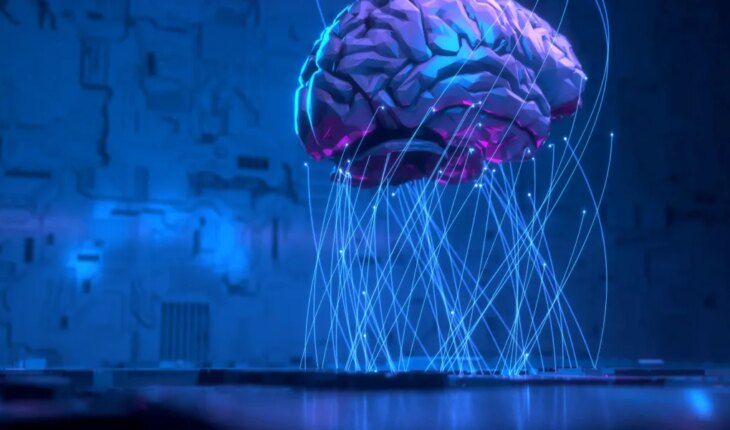Historically, with each technological advance that replaces activities performed by humans, a wave of uncertainty and mistrust follows. It is common to think that from one day to the next, machines will do all our work and we will become obsolete for the labor market. Such may be the case of the irruption in our lives of Artificial Intelligence, defined as the ability of a computer to perform tasks of human intelligence. However, as with other technological advances, the human factor in machine tasks remains key. For example, the tasks of a developer will continue to be necessary since they are the ones who generate a programming code, which is neither more nor less than instructing the machine to execute an action. That is, the intervention of people is still imperative although it provides an added value: speed because it allows reducing the search and compilation times of material. In the future, with the advancement of NLP (natural language processing, for its acronym in English) it is possible that programming languages will be replaced and that we will have the ability to give instructions to the machine directly. However, someone will have to write and execute them, so we are decades away from an advance of such magnitude can occur. For all the above, we can affirm that artificial intelligence has ample possibilities to optimize production and business processes. It has applications to improve productivity, security and increase the speed of workflows. The use of AI in the workplace occurs mainly in the following fields:- Human resources management: Applicable in hiring processes, to evaluate interviews with less bias or prejudices. It allows to evaluate information about the performance, salaries and costs of the workforce in relation to the business strategy.
Cobotization, cobots and chatbots: Cobots or collaborative robots are robots with built-in artificial intelligence that are safe to work with. They are equipped with sensors that allow them to stop or enter safe mode when interrupted.
On the other hand, there are chatbots, which are systems capable of solving basic queries through text, generally applicable to customer services. It allows artificial conversations with people to assist them from a training model (we usually find it on government websites).
– Wearable technologies: These are devices that people can carry on their body, with technological and connectivity functionalities, as well as sensors. Its application in work environments is in factories through GPS and radio frequency sensors, as well as with lenses with screens and augmented virtual reality functions that help provide training and assist workers in more dynamic tasks.
– Collaborative economy: You work through the Internet, usually on a digital platform, where there is a decentralization of tasks. The evolution of AISif AI (artificial intelligence) is already a concept known for more than 50 years, since 2012 more and more talk of Machine Learning, which today is almost synonymous with artificial intelligence. Machine learning are techniques that allow an algorithm, which has to do a task, to modify its behavior based on data with which it was trained (by a human, again). Another evolution in this area is the emergence of tools such as the GPT Chat (prototype of an artificial intelligence chatbot that specializes in dialogue) and that allows to obtain an answer, in many cases correct, and in a matter of seconds. The recent popularity of this branch is due to the appearance of really disruptive, attractive products that provide a lot of value. Today, from the concept of NLP there are many new products that attract attention. The difference between a product that is purely human and another that uses AI, is that the latter will go out faster and that is what gives it more value. Production times are streamlined, since machines can learn experiences, adapt and have behaviors similar to those that a human being would have, through unlimited processing capacity. This situation gives way to more and new projects that implement AI in several areas, many of them unthinkable. In the health system, technology is helping to detect deadly diseases early and improve diagnostics. Although there are still relegated areas such as education. There AI could intervene in the form of study and learning (80% of cases we memorize something that we later forget), to give way to a more practical approach focused on the experience of doing, something that can contribute a lot to students. In short, all technological progress is the beginning and the end of many things. However, the emergence of AI is too general to affect all or most of what exists today. This is still some time away. Surely we are witnessing the beginning of a very big change in everything we know. But this is not uncommon, it is something historical and typical of technological advances and our evolution as a species.* Nahuel Alberti, Head of Engineering of Paisanos
Artificial intelligence is everywhere
January 25, 2023 |





